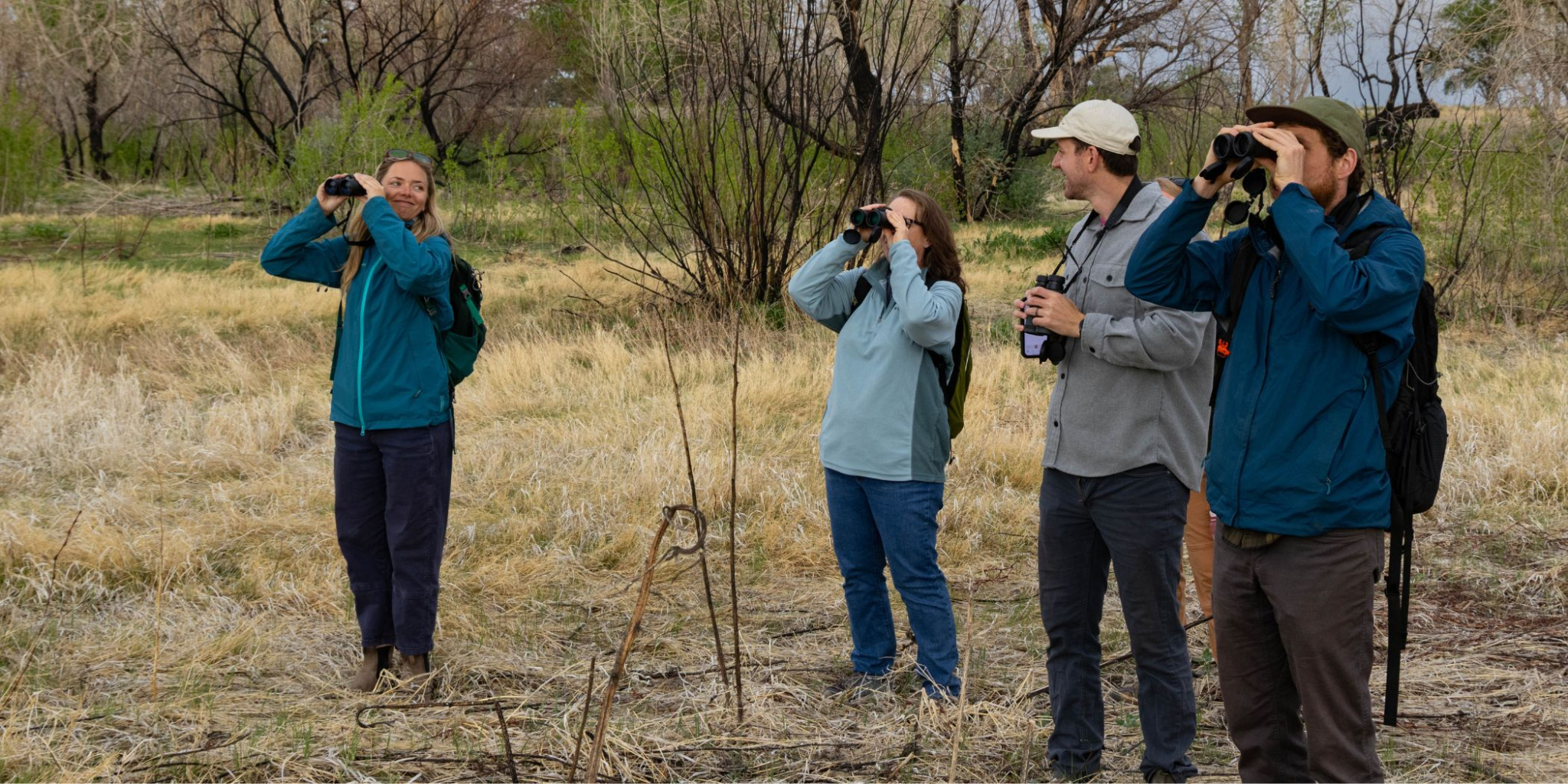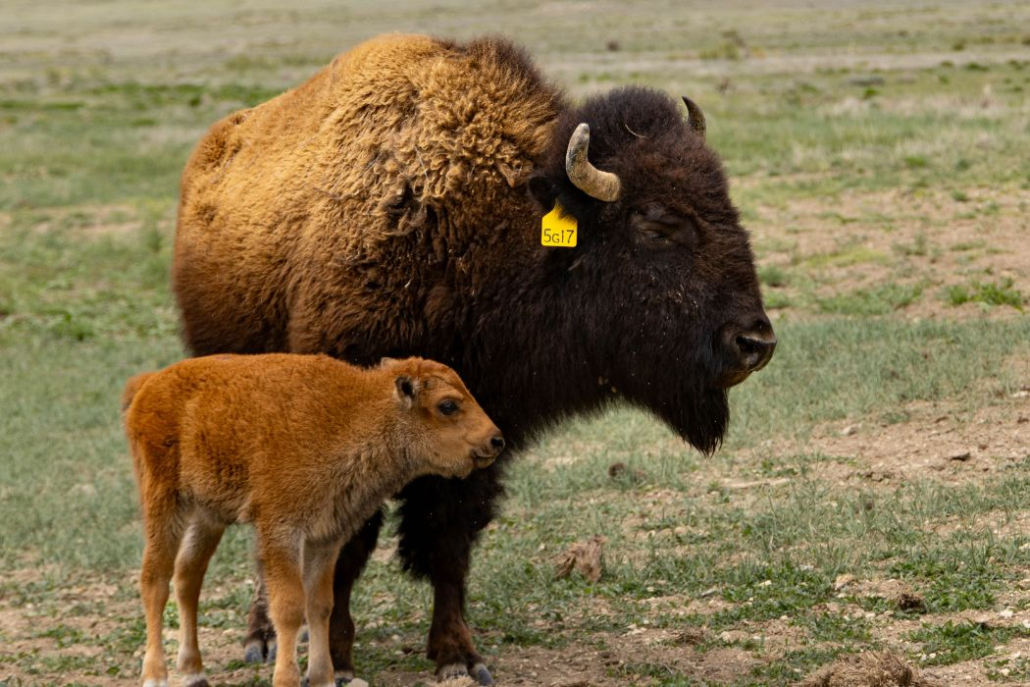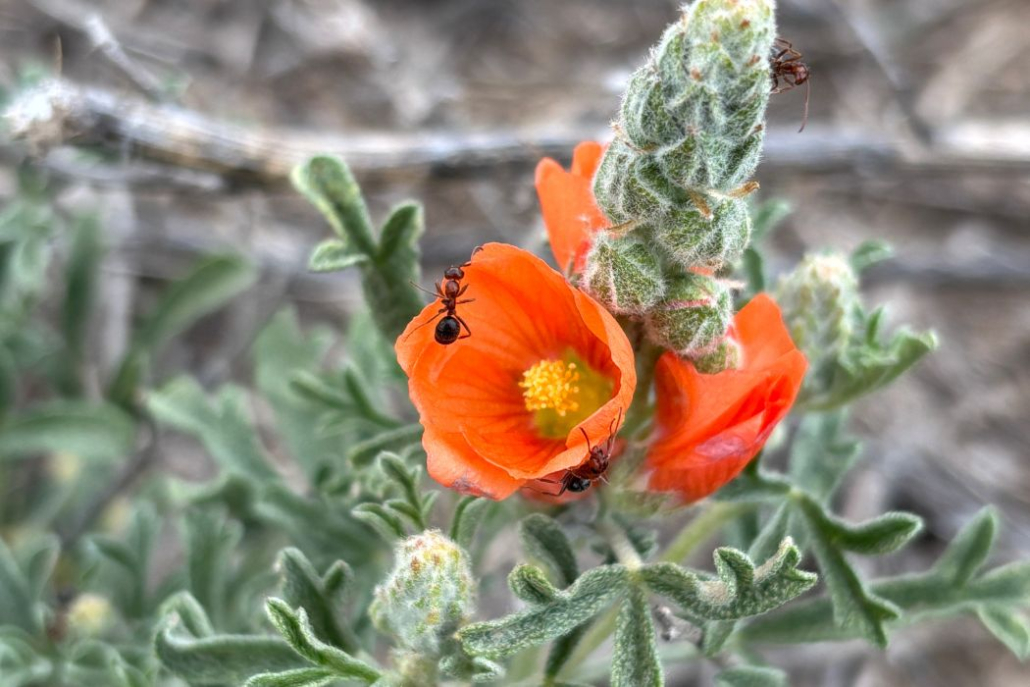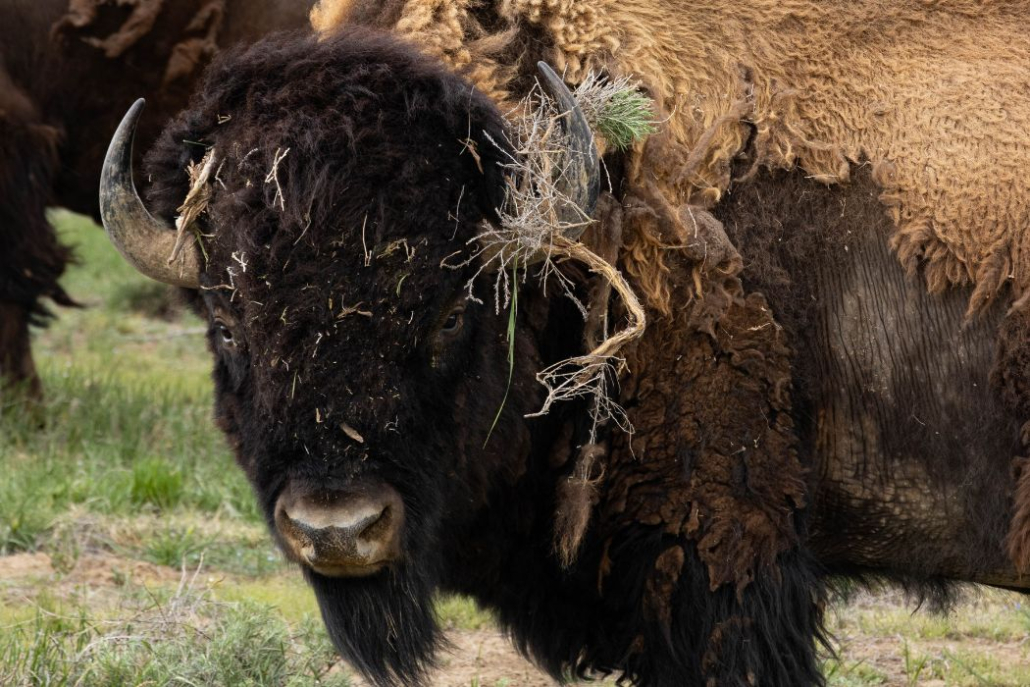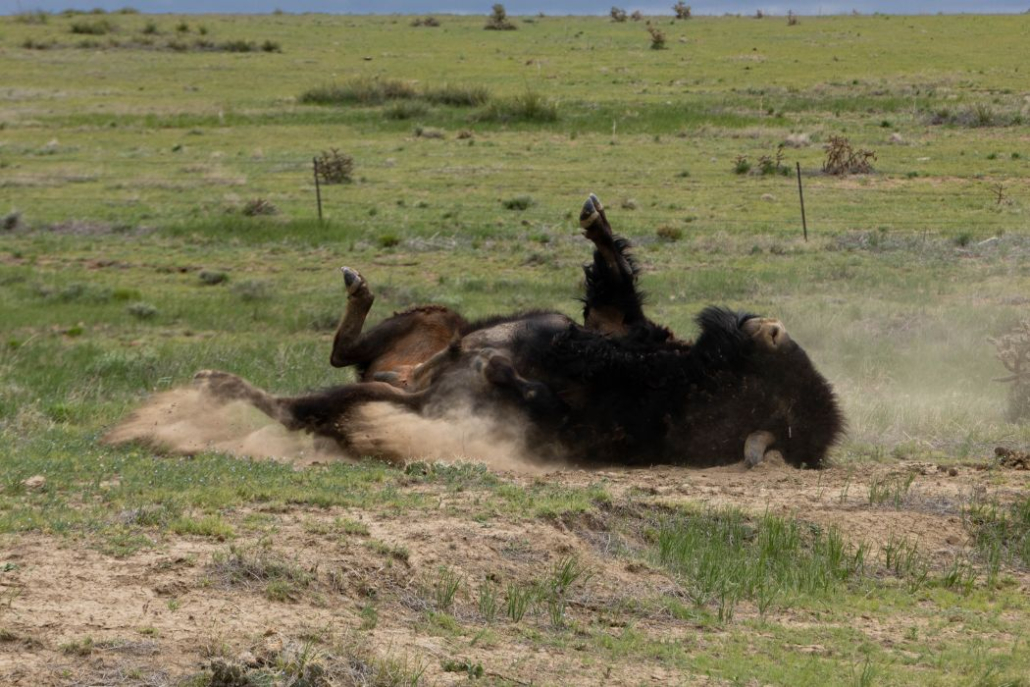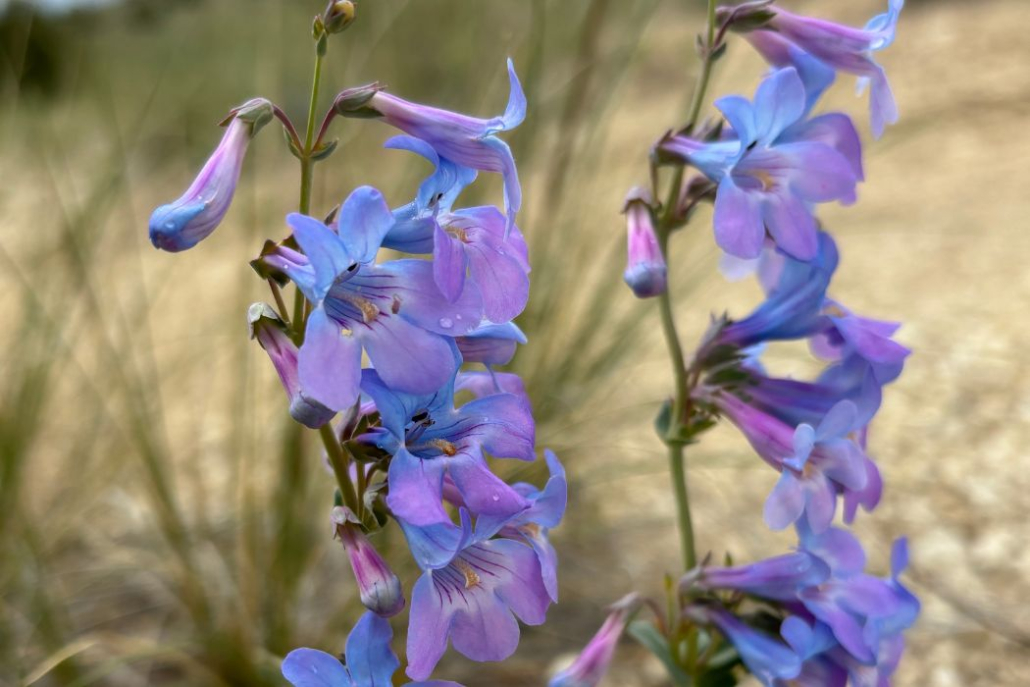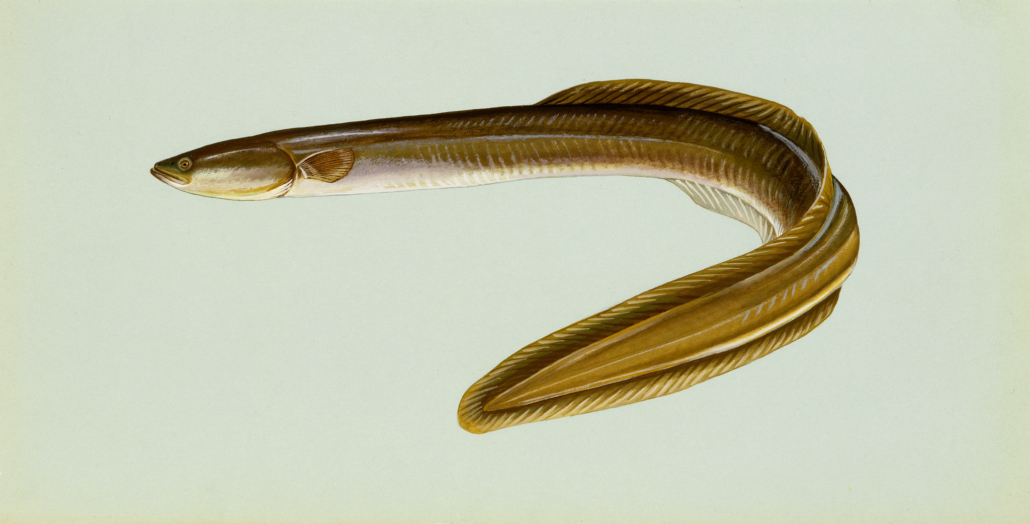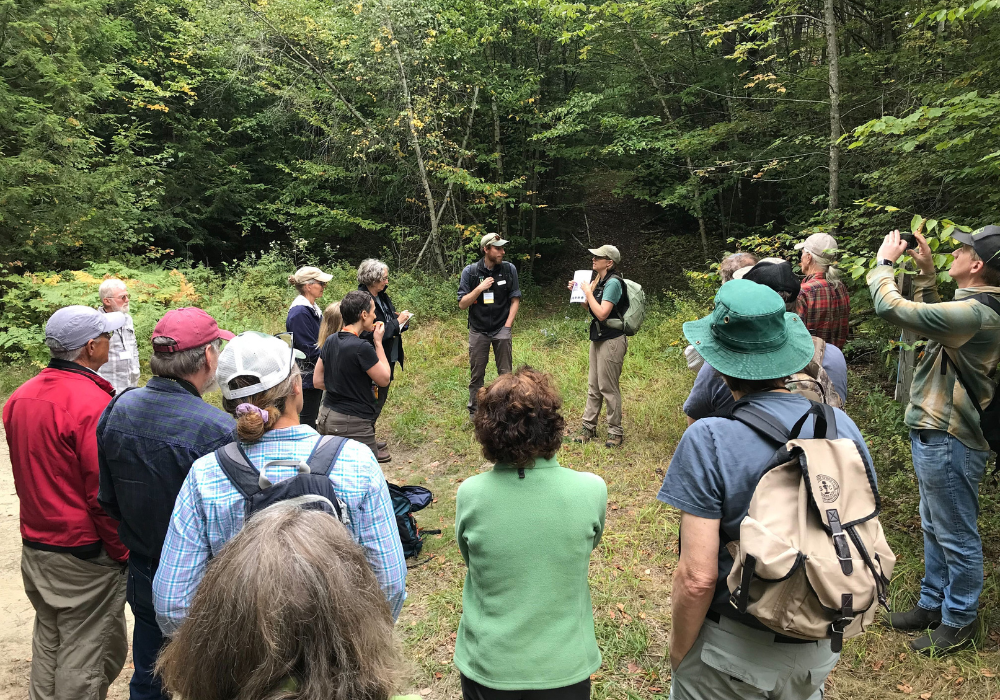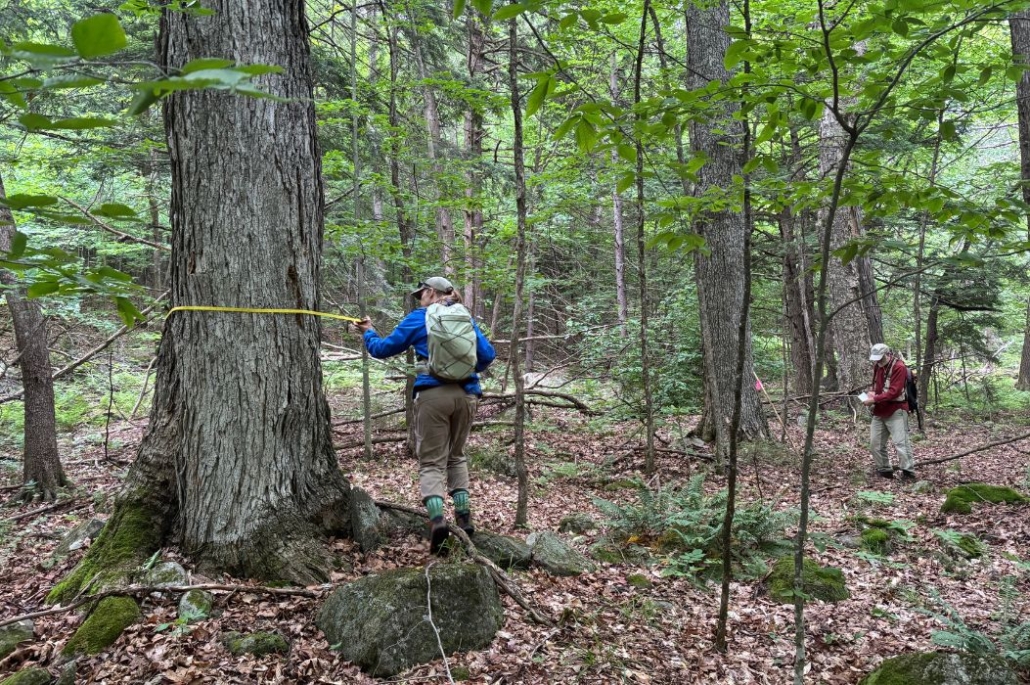Studying Birds and Wildlands Ecology on the Great Plains
It’s difficult to imagine a starker contrast to Vermont’s humid, hardwood forests than the dry, flat, spiny sweep of a shortgrass prairie. As Northeast Wilderness Trust’s (NEWT) Wildlands Ecologist, I spend most of my time studying the former—traversing rolling, rewilding forests of hemlock, maple, birch, and spruce, dotted with beaver ponds and bogs. But on a late-spring morning in early May, I found myself at work in an almost unrecognizable landscape: binoculars in hand, surrounded by sagebrush, yucca, and cholla on the banks of the Purgatoire River in southeastern Colorado.
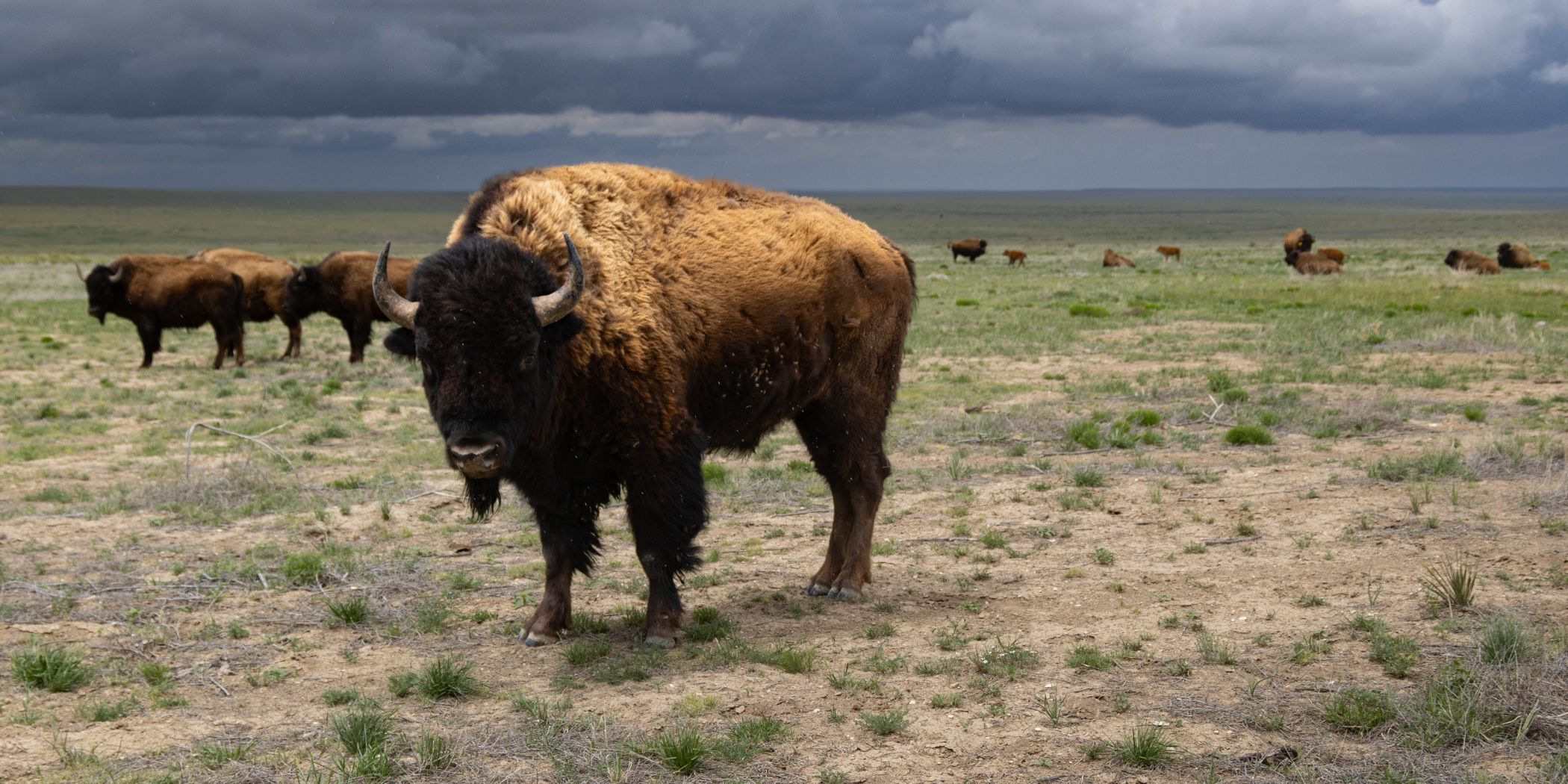
Perhaps the term “river” is a generous description for that particular waterway. In the Northeast, it would likely be called a “creek” or “brook,” but on these arid plains, which receive only about 12 inches of rainfall annually, this modest waterway serves as a vital corridor and safe haven for plants, wildlife, and people. For three days this May, it also became a meeting place for rewilding advocates from across the United States to network and discuss bird conservation.


